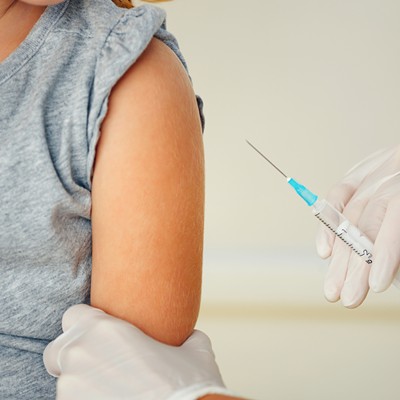With the growing number of farmers' markets, community gardens and restaurants using local food, it's easy to see we are getting back to our roots. Increasingly wary about mass production, more consumers are looking to local communities and backyards for quality food.
Glance at many backyards here, and you'll see ... dirt. We generally don't have lush lawns like people in other parts of the country do. Planting and growing in Tucson is certainly doable, but you need to prep the soil first.
If you don't want to work with the land, or if you don't have land, there is another solution: aquaponics.
Casey Townsend, founder of the Tucson AquaPonics Project (www.TucsonAP.org), offers a simple equation to define aquaponics: recirculating aquaculture (raising fish in tanks) + hydroponics (growing plants without soil) = aquaponics (growing fish and plants together).
The major components of an aquaponics system are a fish tank (or another object that can hold fish), air and water pumps, tubing and a growing bed. A growing bed is often a large Styrofoam sheet with holes drilled; slit pots go in the holes, and a trough is placed underneath the Styrofoam sheet.
The website www.aquaponics.com provides a description of how it works: In aquaponics, the nutrient-rich water that results from raising fish provides a source of natural fertilizer for the growing plants. As the plants consume the nutrients, they help purify the water that the fish live in. A natural microbial process keeps both the fish and the plants healthy.
You can grow a wide variety of produce such as lettuce, tomatoes, peppers, melons and strawberries. A system can be as small as a 10-gallon fish tank all the way up to thousands of gallons using multiple tanks. Space needs are also variable; systems can be indoors or even in a parking lot.
This flexibility appeals to Townsend, who has been a master gardener for 15 years. He says he turned to aquaponics as a way to reduce his water usage and formed the Tucson AquaPonics Project this winter.
"My vision of the Tucson AquaPonics Project is that this is a co-op effort where people can help each other. ... With a community of people, one person works on this part; one person works on (that) part. It's all open. Everybody can look at it and share it ... creating an open-source co-op effort."
Townsend also sees the possible global impact of aquaponics. "I would like to feed the world. I would like to develop pallets (of aquaponics systems) and ship them overseas and use them for disaster relief, drought, war, whatever the case may be. So when the immediate aid runs out, we can feed people to meet mid- and long-term needs."
Townsend is keen on building a co-operative resource. He says Tucson AquaPonics is not a nebulous organization; it's us. He looks to have field trips to visit operating systems (such as Rhibafarms in Chandler), aquaponics systems-building parties, and a continuous sharing of expertise, labor and materials. Some of the components of aquaponics systems could be bought in bulk to reduce costs. Townsend says a community-sized system costs $2,000 to $3,000 to build and can produce 20 pounds of fish and 200 pounds of vegetables in a month.
In addition to better-tasting produce, reduced water use, greater output in smaller spaces and other benefits, these systems offer food security and food freedom.
Obviously, our food supply is more secure when produced close to home. Food freedom is the ability to take what you've grown and sell it, share it or even trade it. Townsend says food freedom is a very important concept. "We need laws ... to allow us to grow food on a small scale ... without being subject to regulations of some of these huge agri-businesses."
The so-called FDA Food Safety Modernization Act could have threatened food freedom. The bill passed the Senate in November 2010, but a House vote did not occur. Liz Reitzig, secretary of the National Independent Consumers and Farmers Association, was against the bill and said "it creates statutory authority for the FDA to come up with regulations governing all aspects of food production and processing."
Without government interference, community aquaponics systems are one answer to food-safety issues and rising costs. Friendly Aquaponics in Hawaii reports that aquaponics uses less than 2 percent of the water that traditional farming does. In our dry desert, growing with less water is certainly a good thing.






